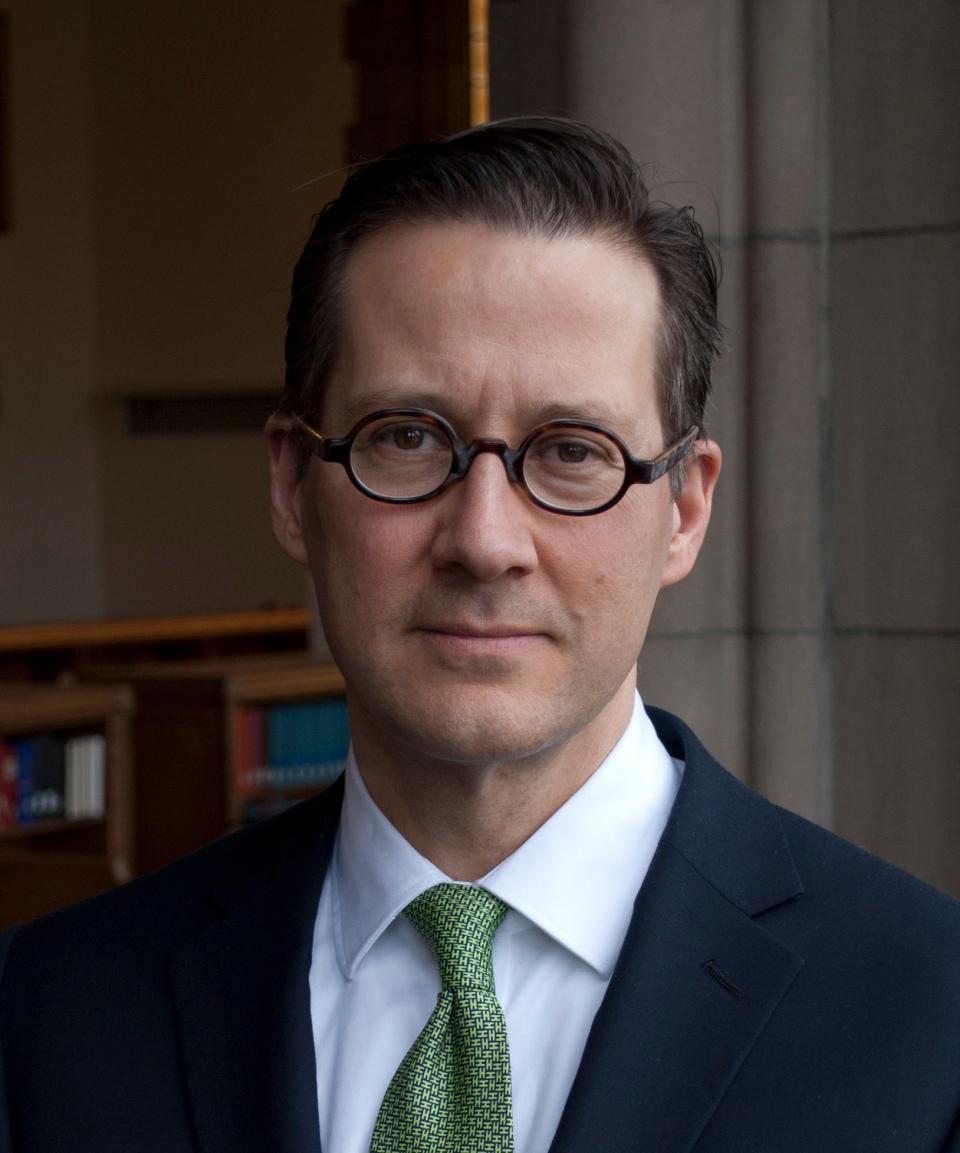Dr. Brian Irwin (left) is Associate Professor of Old Testament/Hebrew Scriptures at Knox College in Toronto where he teaches the course, “You, Your Congregation, and the End of the World.” He is currently completing a book on end times speculation and the use of Daniel and Revelation in the church. He is a graduate of Wycliffe College (Master of Religion, 1991).
By Brian Irwin
Have you heard? It’s all over the Internet. The end of the world is at hand! This Saturday, September 23rd, an unusual alignment of planets and constellations will herald an event popularly known as the Rapture, the first of a series of end-time events.
So, what has led to this prediction and is it true? Having just spent a sabbatical researching such end-times predictions, I’d like to share my opinion on the matter.
Some astronomically-minded end times enthusiasts see this alignment as a celestial fulfilment of Revelation 12:1–2, which reads as follows:
“A great and wondrous sign appeared in heaven: a woman clothed with the sun, with the moon under her feet and a crown of twelve stars on her head. [2] She was pregnant and cried out in pain as she was about to give birth.”
According to astronomers, on September 23rd, the sun will appear in the constellation Virgo (a woman), while the moon will appear near her “feet.” At the same time, Leo with its nine stars will appear above Virgo’s head. With the addition of the planets Mercury, Mars, and Venus nearby, some see this as a “crown” of twelve “stars” (although to be honest, the proportions remind me more of Marge Simpson’s hair). While this alignment has occurred before, this year, the passage of Jupiter through the “womb” of Virgo has led some also to see a depiction of the birth alluded to in Rev 12:2. So we have a woman in the heavens, with a “crown” of twelve “stars,” the moon near her “feet,” and a fetus represented by Jupiter.
So, what are we to make of this? It’s certainly interesting, but there are three reasons why I don’t see September 23rd as being prophetically significant.
1) If we are to properly interpret Rev 12:1–2 we need to begin with its ancient context, not ours. New Testament scholars helpfully remind us that the Book of Revelation was written to encourage Christians who were facing persecution. These verses depict the incarnation and victory of Christ in a cosmic way in order to put the historical fact of these events into the cosmic perspective they deserve, and thus to encourage persecuted Christians to endure short-term suffering for the sake of long-term victory in Christ. This is a much more relevant and encouraging message than were the passage a predictor of a far-off astronomical event.
2) Jesus himself discouraged date setting. When the disciples asked for a sign of his return, Jesus’ response was, “No one knows about that day or hour…only the Father” (Matt 24:3, 36). That was wise, because due dates often breed procrastination. Teenagers instinctively know this to be true. The knowledge that parents will return from a week’s vacation at 8 p.m. often results in a frenzied cleanup that begins at 7:45. What Jesus did recommend was constant vigilance and service—“Keep watch (lit. “be alert”), because you do not know on what day your Lord will come” (Matt 24:42). This is not the vigilance of someone with a pair of binoculars scanning the horizon, but that of servants constantly at work in anticipation of their Lord’s anytime arrival (Matt 24:44–47). Date-setting is a distraction from duty.
3) When it comes to predicting Christ’s return, we really don’t have a very good track record. The church has 2,000 years’ worth of end times prediction under its belt and the data is in. The success rate of predictions of Christ’s return stands at precisely 0% (with no margin of error). The odds are better in Vegas.
As the church, we’re not so much to be watching and waiting as watching and doing. Paul had this in mind when he described us as being, “created in Christ Jesus to do good works, which God prepared in advance for us to do” (Eph 2:10). So, on September 23rd and for every day until Christ returns, let’s continue to do the work that is ours as members of the body of Christ. And if you happen to look up at the stars as you do, you can marvel at the God who put them there.
*





